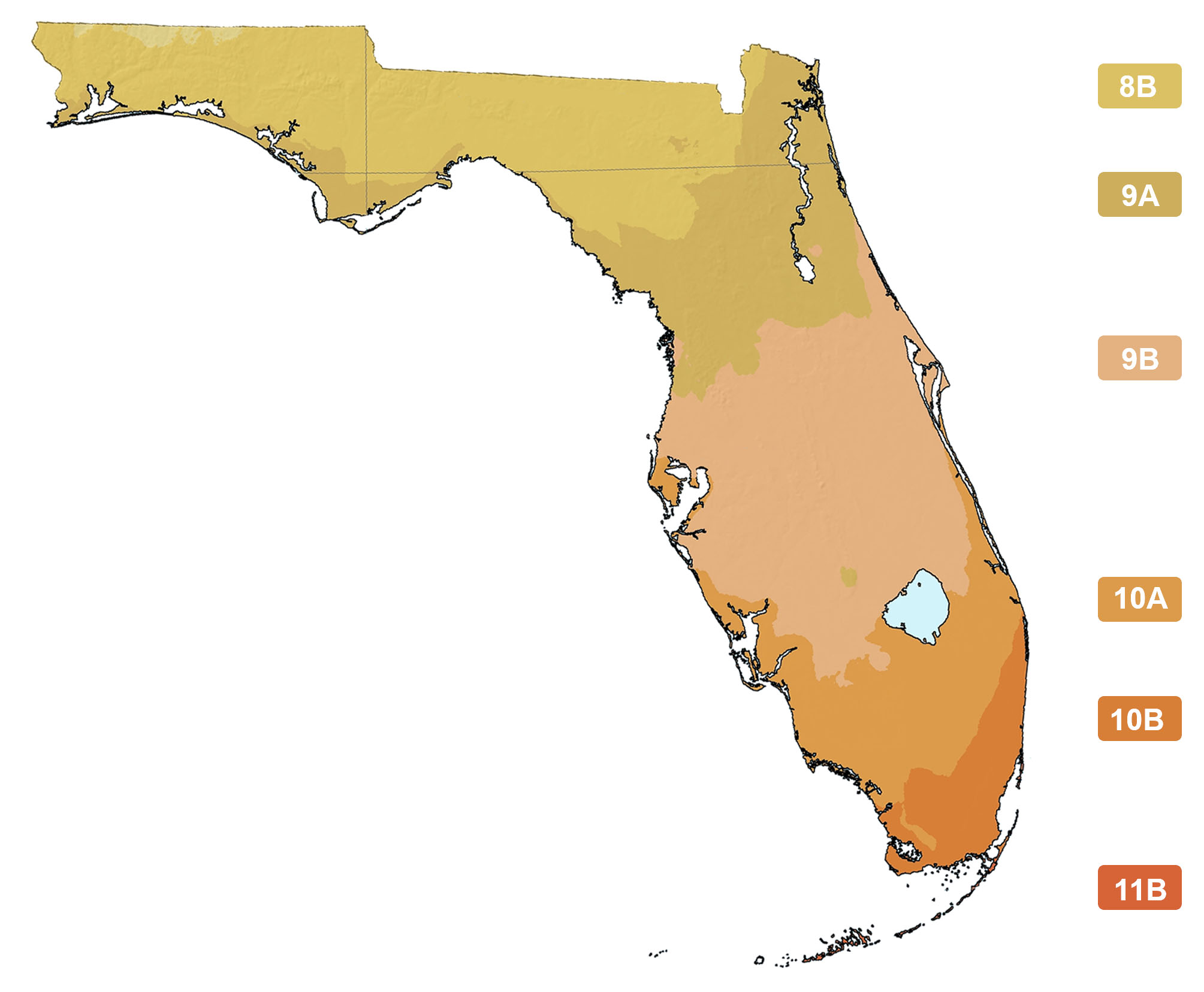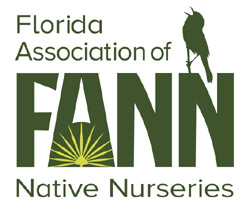Monarda punctata
Photographs belong to the photographers who allow use for FNPS purposes only. Please contact the photographer for all other uses.
Dotted Horsemint
Lamiaceae (Labiatae)
Plant Specifics
| Form: | Flower | |
| Size: | 2-5 ft | |
| Life Span: | Short-lived perennial | |
| Flower Color: | Pink | |
| Fruit Color: | NA | |
| Phenology: | Flowers late spring to early fall. | |
| Noted for: | Aroma, fragrance, Showy flowers |
Landscaping
| Recommended Uses: | Wildflower. Can be used in informal gardens or as individual plants in ones with a more tended look. | ||||||||||||||||||||||||||||||||||||||||||
| Considerations: | Can get rangy and fall over, but trimming in early summer will keep it bushier. | ||||||||||||||||||||||||||||||||||||||||||
| Propagation: | Seed | ||||||||||||||||||||||||||||||||||||||||||
| Availability: | Native nurseries, FNPS plant sales, Seed | ||||||||||||||||||||||||||||||||||||||||||
| Light: | Full Sun | ||||||||||||||||||||||||||||||||||||||||||
| Moisture Tolerance: |
always floodedextremely dry |
||||||||||||||||||||||||||||||||||||||||||
| (Not wet but not extremely dry ----- to ----- Very long very dry periods) | |||||||||||||||||||||||||||||||||||||||||||
| Moisture Tolerance: | Not wet but not extremely dry ----- to ----- Very long very dry periods | ||||||||||||||||||||||||||||||||||||||||||
| Salt Water Flooding Tolerance: | Not salt tolerant of inundation by salty or brackish water. | ||||||||||||||||||||||||||||||||||||||||||
| Salt Spray/ Salty Soil Tolerance: | Some tolerance to salty wind but not direct salt spray. | ||||||||||||||||||||||||||||||||||||||||||
| Soil or other substrate: | Sand | ||||||||||||||||||||||||||||||||||||||||||
| Soil pH: | Fairly broadly tolerant | ||||||||||||||||||||||||||||||||||||||||||
Ecology
| Wildlife: |
Attracts hummingbirds. | |
| Insects: | Attracts many bees, butterflies, and moths. | |
| Native Habitats: | Dry disturbed areas, old fields, and upper sand dunes. |
Distribution and Planting Zones
Natural Range in Florida
USDA Zones
Suitable to grow in:
10A 8A 8B 9A 9B

USDA zones are based on minimum winter temperatures
Comments
| Ethnobotany: | Contains thymol, the same oil as thyme and oregano. It can be used as an American-grown substitute for those Mediterranean herbs, so plant in an herb garden or cottage garden. | |
| General Comments: | The showy part of this plant is the bracts which are pink to lavender. Flowers are actually small, whitish to yellowish, with purple spots. |








